House Wren Territorial Behavior
Small wren with brown head nape and back showing very fine dark brown bars faint white eyebrows and gray-brown underparts with fine brown bars on flanks and below tail. However House Wrens can be seen acting kindly.
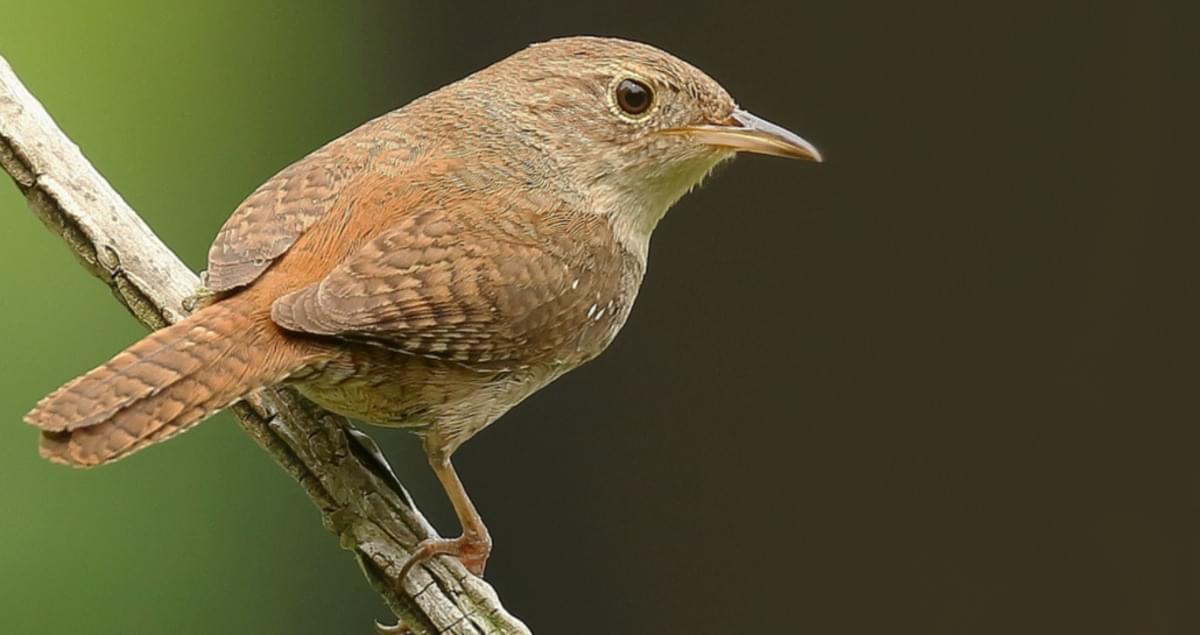
House Wren Life History All About Birds Cornell Lab Of Ornithology
Not only will house wrens puncture the eggs of other birds they will.

House wren territorial behavior. Once he has established a territory the male House Wren is very territorial and will aggressively defend it against other birds. House Wrens start breeding in early Spring. These little birds are quite active and spend most of their day foraging for food.
It will also use a nest box for its nest but it often is very territorial when it comes to nesting -- the House Wren may overtake the other nest boxes in the area or even destroy the eggs of other birds who are nesting nearby. The birds start a number of nests and the female selects one to finish. Very active and inquisitive bouncing about with its short tail held up in the air pausing to sing a rich bubbling song it adds a lively spark to gardens and city parks despite its lack of bright colors.
As the breeding season arrives territorial pairs develop nesting sites. A familiar backyard bird the House Wren was named long ago for its tendency to nest around human homes or in birdhouses. Listen for its rush-and-jumble song in summer and youll find this species zipping through shrubs and low tree branches snatching at insects.
Outside of the breeding season they are normally solitary. Migratory Northern House Wren has experi-enced impressive population increases in its North American range Hagan et al. The male defends its territory and attracts females by singing.
Many folks dont like to admit it but the House Wren a spirited and popular backyard bird has a real dark side. Instead males may claim several and construct dummy nests of twigs in each as part of. House Wren nesting habits starts with sticks placed by the male in a couple of nesting cavities which can be in anything from a nest box to an old boot for this bird.
Behavior of the House Wren. These increases have been attributed to land conversion and agricul-turalization the wrens aggressive behavior in. Behaviorofthehousewrenkendeigil 11 established in nestingsothatdisturbanceof normal territorial behavior undoubtedly entered into some extent andaccounted for some undue.
They flit from branch to branch or hop along the ground while searching in low shrubbery for insects. A plain brown bird with an effervescent voice the House Wren is a common backyard bird over nearly the entire Western Hemisphere. The House Wren breeds in wooded areas and suburbs having sufficient trees.
During breeding season House Wrens are found in pairs or in immediate family groups while when on a wintering ground they are rarely found with a flock and usually found alone Scott 2014. Wings and tail are brown with darker bars. Eastman a wildlife biologist and naturalist empha-sized in his chapter on the house wren the territorial nature of the bird.
This piece of info puts the spotlight squarely on an unlikely suspect. House wrens are extremely territorial and aggressive. Various forms of this wren are found from central.
Territorial and mating behavior of the house wren by S. Brown-throated Wrens have a bolder eyebrow and a darker throat. House Wrens are at home in wooded areas parks or even your back yard.
Northern birds are grayer overall with baring on the flanks. In fact this wren will use planters boxes flower pots wreaths drain pipes and even your store bought decorative birdhouse that you have placed somewhere on your patio for their nest. While most birds limit their aggression to members of their own species house wrens are.
To compound the problem House Wrens dont use most boxes they take over. House Wrens will gladly use nestboxes or you may find their twig-filled nests in old cans boots or boxes lying around. They are simply looking for a place to eat and begin making a nest.
House wrens are territorial and are usually alone except during breeding season and on a wintering ground. These birds have a tendency to nest around human homes and in birdhouses thus the name House Wren. Charles Kendeigh 1941 The University of Illinois Press edition in English.
1992 Earnst and Andres 1995.
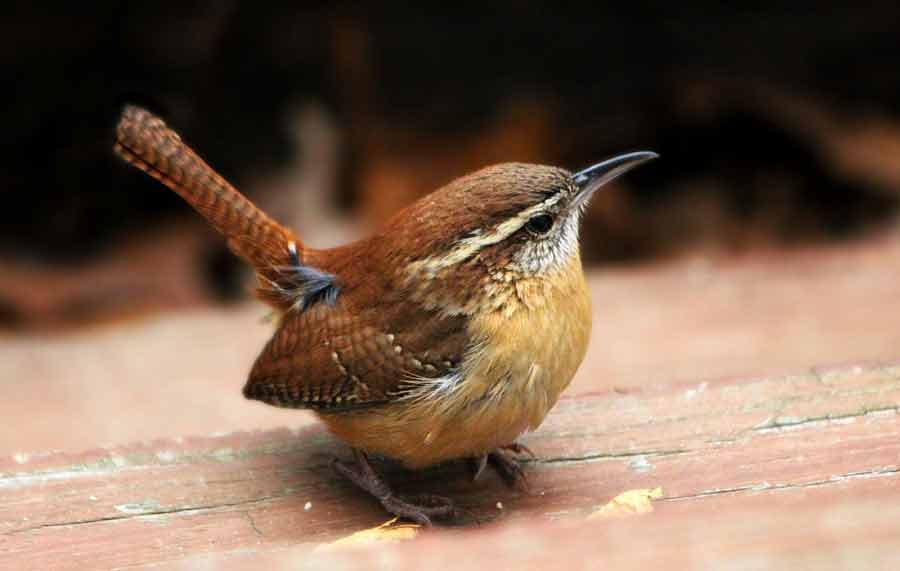
House Wren Call Diet Eggs Nest Facts Behavior Bird Baron
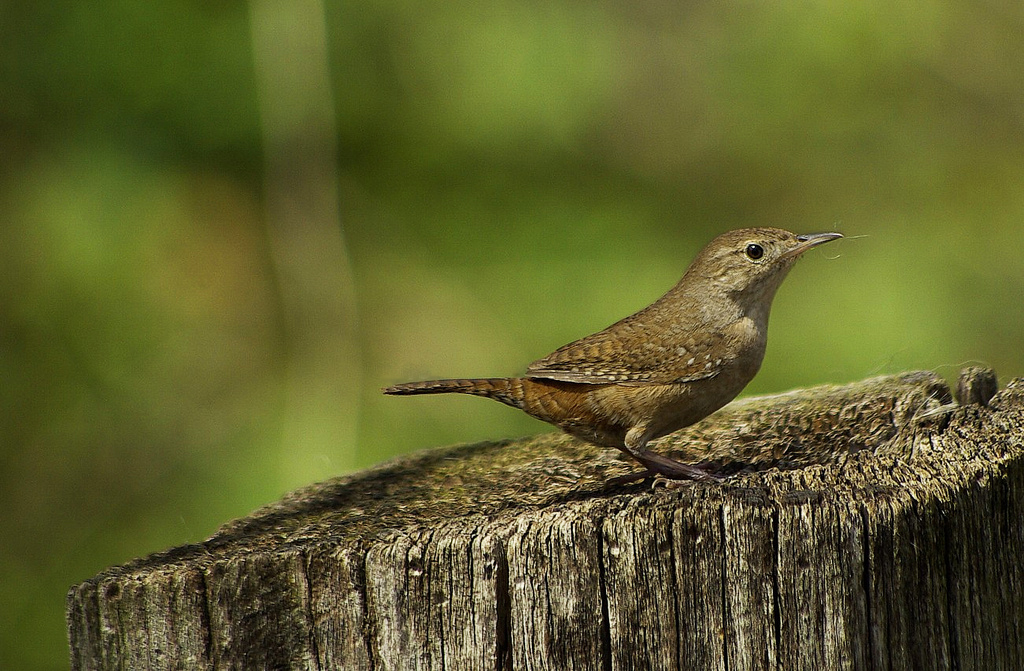
Nestwatch House Wren Nestwatch
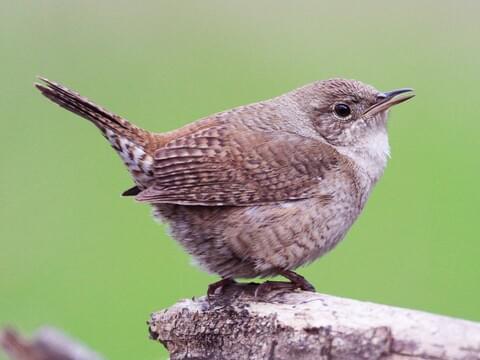
House Wren Identification All About Birds Cornell Lab Of Ornithology

House Wren Southern House Wrens Songbird

House Wren Audubon Field Guide

House Wren Audubon Field Guide

The 10 Wren Species In The United States Id Guide Bird Watching Hq

A Year With Carolina Wrens Birdwatching Magazine

The Peculiar Ways Of The House Wren Gilligallou Bird Inc
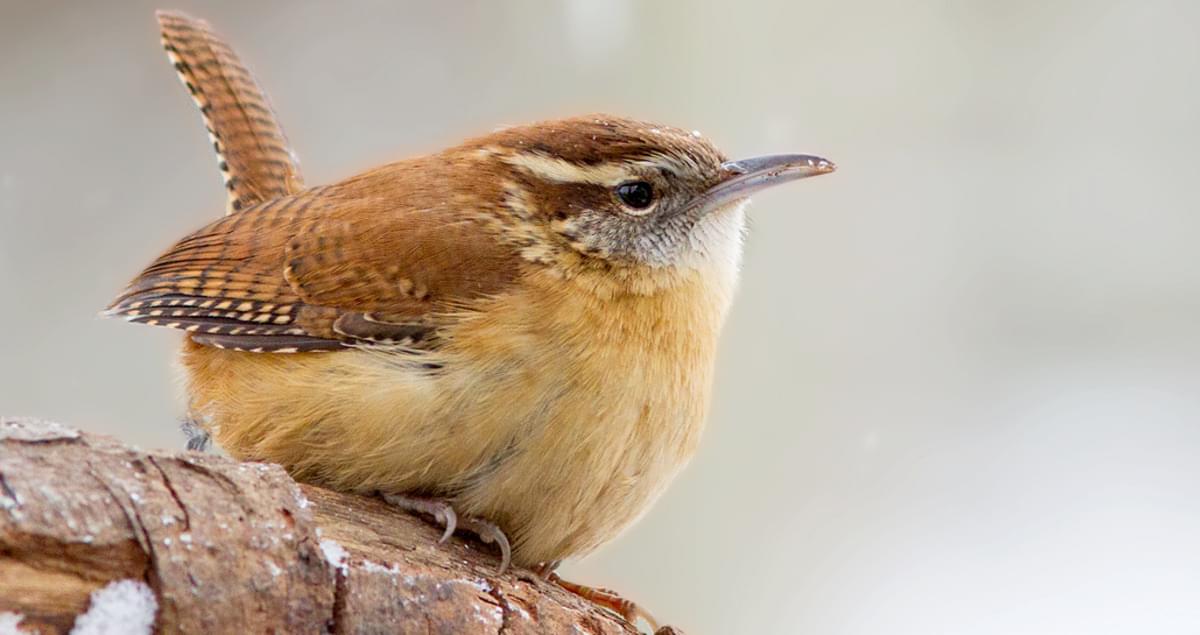
Carolina Wren Life History All About Birds Cornell Lab Of Ornithology

House Wren Life History All About Birds Cornell Lab Of Ornithology
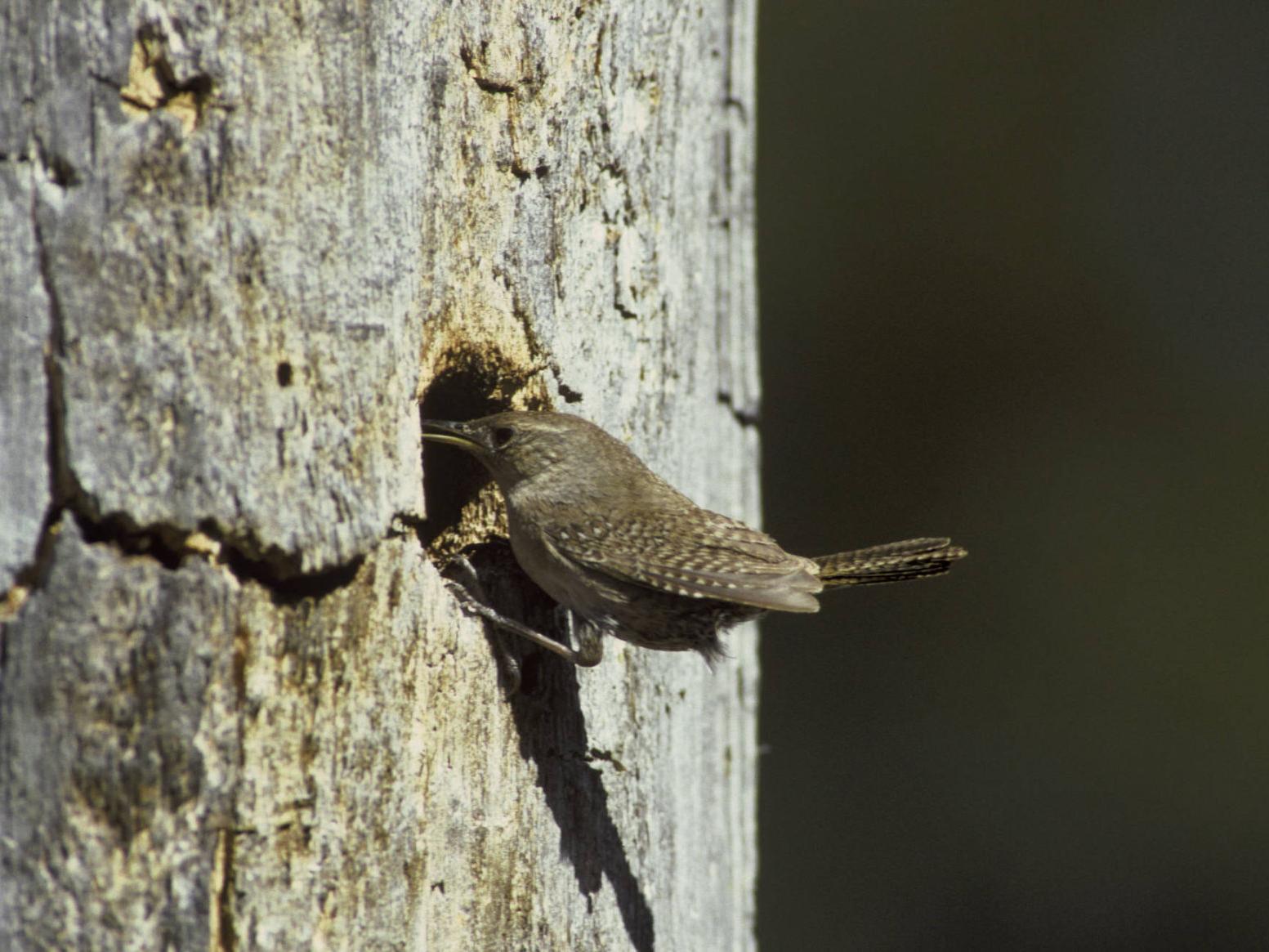
Territorial Nature Of House Wrens Brings Conflict With Their Neighbors Sports Newsadvance Com
Behavior House Wren Troglodytes Aedon Birds Of The World

Wrens Boast Busybody Energy And Beautiful Songs Tpw Magazine May 2012

House Wren Audubon Field Guide

House Wren Backyard Birds Wild About Birds

House Wren Backyard Birds Wild About Birds

House Wren Nesting Behavior Song And Diet Charismatic Planet

Post a Comment for "House Wren Territorial Behavior"